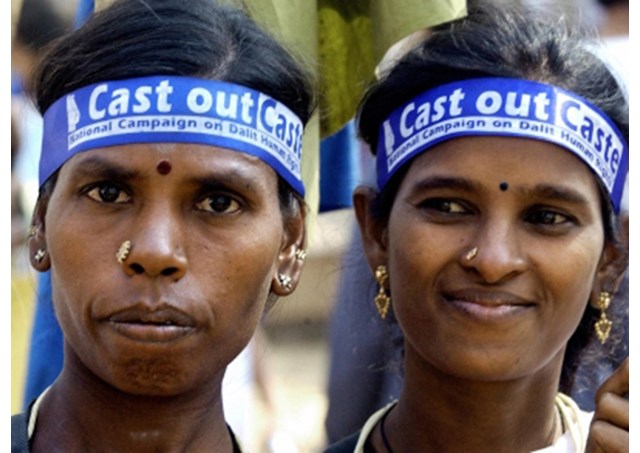
India census says 70 percent live in villages, most are poor

New data released on Friday showed that that more than 70 percent of people in India live in villages, with the majority extremely poor and dependent on manual labour. The data from India's socio-economic and caste census was collected between 2011 and 2013. It's the first time India has studied caste data since 1932. Finance Minister Arun Jaitley said the data was provisional and the final data would be updated over the next few months to help the government to properly channel its welfare spending to benefit those who needed help the most.
India conducts a national census every 10 years and that document delves into the wealth, living conditions and other personal details of the country's 1.2 billion people. The previous government initiated a separate process of studying caste and analyzing socio-economic progress based on those divisions.
Caste, the Hindu custom that for millennia has divided people in a strict social hierarchy based on their family's traditional livelihood and ethnicity, is deeply sensitive in India. The practice was outlawed when India gained freedom from Britain in 1947, but is still pervasive. Studies show low-caste Indians and dalits face daily challenges for decent schools, medical care and jobs. While the data shows how low-caste Indians fare overall on various economic indicators, the government has said that the final data would not show specific caste details.
The data released Friday revealed that of India's nearly 244 million households, more than 179 million are rural. At least 56 percent of those rural households do not own any land and depend on manual labor. Among the lowest castes in rural India the number of landless was as high as 70 percent. Nearly 107 million rural households are what the government terms as ``deprived,'' meaning they either live in a single room made of mud and straw, have no earning adult male, or no literate adult member.
Friday's data is provisional and Jaitley said the final data would be updated over the next few months. ``This document will help us target groups for support in terms of policy planning,'' he told reporters. (Source: AP)
| All the contents on this site are copyrighted ©. |


